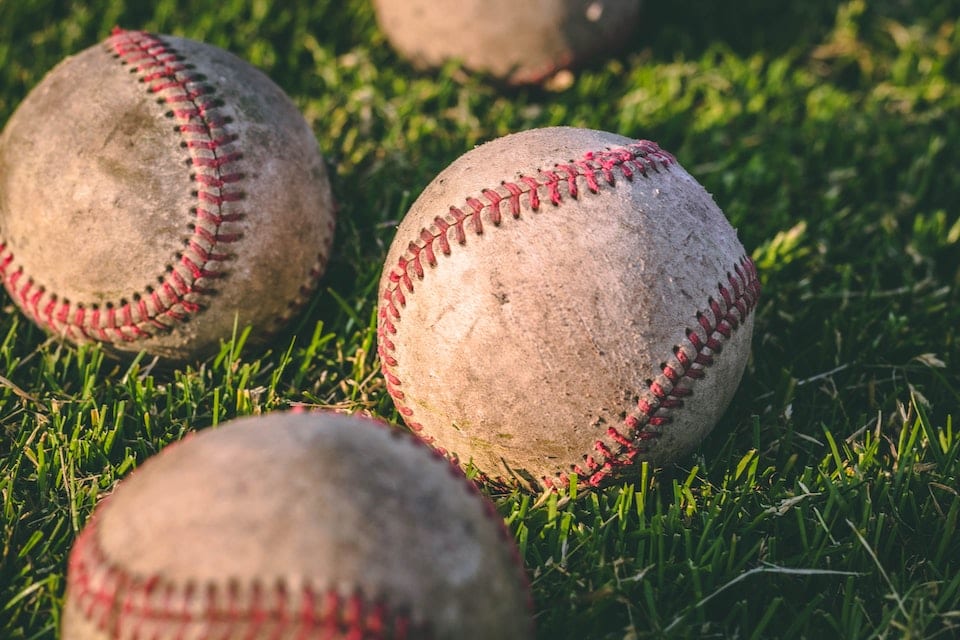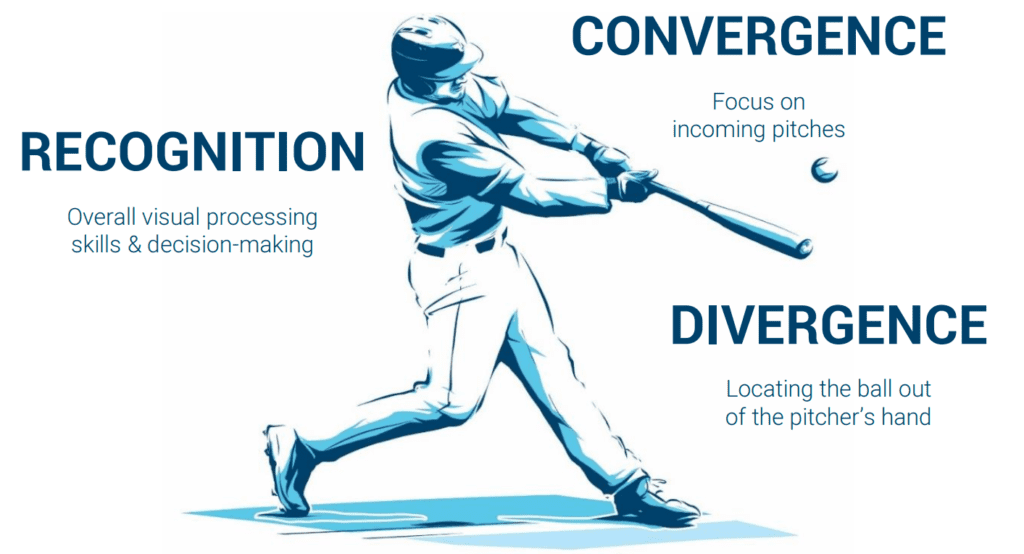
www.vizualedge.com • Press Release – updated: Dec 21, 2021
I’ve written before about how Vizual Edge differentiates itself with its longevity as a test used by MLB teams for well over a decade. With most of the top hitters taking our visual evaluation each draft (including over 98% of top 5 round picks in 2019, and 92% of all players drafted in 2020), it allows us access to look at how standouts in our evaluation are performing in the major leagues.
Since joining the team recently, it’s been a push of mine that we continue to churn out analysis showing how our scores are predictive of success at the next level. While we think of ourselves as one lane of a five-lane highway in terms of the makeup of a successful hitter- after all, strength, swing mechanics, and approach are always paramount for hitting success- it makes a lot of sense that the hitters that see and track the ball best tend to be better hitters.
Click here to view our 2020 MLB Analysis

So, as we did last year, today we’re rolling out part 1 of our analysis on Vizual Edge’s scores and how they translated to success in the shortened 2020 MLB season. The scores used in this test come from when these MLB players were prospects for teams in the draft – generally between 18 and 21 years old. Simply, higher test scores going into the draft led to more success at the plate as a major league player. And this should be an encouragement for any young hitter knowing that visual skills are another area where anyone can improve with time and training.
In the weeks ahead, we’ll be releasing some more in-depth study around the 2020 MLB season, and soon we’ll expand our research to show how our scores translate to success in college baseball.
– Lukas
Follow Lukas on Twitter @LMcK_Baseball
Follow Vizual Edge on Twitter @VizualEdge
